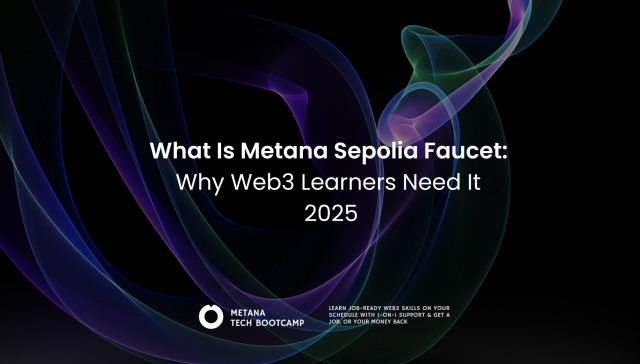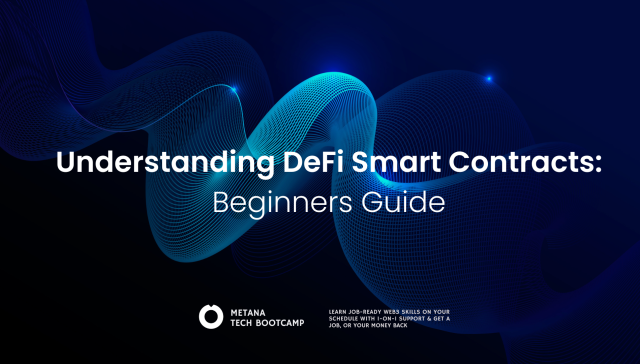Blockchains, the revolutionary technology underpinning cryptocurrencies and decentralized applications (dApps), have a fundamental challenge: SCALABILITY.
As these networks gain traction and user adoption increases, their ability to process transactions efficiently can become strained. Imagine a highway designed for a small town suddenly experiencing rush hour traffic – that’s the essence of layer 1 scaling limitations.
There are two main limitations that layer 1 blockchains face:
Slow Transactions & High Fees
Limited block size in layer 1 blockchains restricts the number of transactions processed per second (TPS), leading to slowdowns and expensive fees.
For instance, Ethereum, the leading platform for smart contracts and dApps, has faced significant scaling issues in recent years. Transaction fees have surged to unsustainable levels, and network congestion has caused delays and frustration for users. Bitcoin, the pioneer cryptocurrency, also grapples with limited scalability, hindering its potential as a mainstream payment system.
These limitations highlight the need for innovative solutions to unlock the full potential of blockchain technology. This is where layer 2 solutions come into play, offering an exciting path forward for scalable and efficient blockchain networks.
Layer 2 Solutions
Blockchain technology offers immense potential, but inherent limitations in layer 1 blockchains, particularly regarding transaction speed and fees, have emerged as significant roadblocks to wider adoption.
Layer 2 solutions address these limitations by introducing a secondary layer that operates on top of the existing blockchain infrastructure.
These innovative protocols function by processing transactions off-chain, effectively creating an “express lane” for transactions that do not require the full security guarantees of the main blockchain. This off-chain processing significantly reduces the burden on the layer 1 network, allowing for:
- Increased Transaction Throughput
- Reduced Transaction Fees
Layer 2 solutions represent a crucial step forward in unlocking the full potential of blockchain technology. By addressing the scalability challenges of layer 1 blockchains, they pave the way for a future where blockchain can be utilized seamlessly across various applications and industries.

Types of Layer 2 Solutions
While the core concept of layer 2 solutions revolves around off-chain transaction processing, there’s a fascinating diversity in how they achieve this. Here’s a breakdown of some prominent layer 2 solutions:
1. Sidechains:
Imagine a side street connected to a highway. Sidechains operate as independent blockchains tethered to the main chain. Transactions are processed on the sidechain, and only the final state or critical information is periodically submitted back to the main chain for security.
- Advantages: Sidechains offer high transaction throughput and low fees due to their independent operation. They can also have their own governance mechanisms and tokens.
- Disadvantages: Security can be a concern as sidechains rely on their own consensus mechanisms, potentially less secure than the main chain. Interoperability with the main chain can also be limited.
2. Rollups:
Think of rollups as efficient batch processors. They bundle multiple transactions off-chain, perform calculations, and submit a cryptographic proof of their validity to the main chain. This proof is much smaller than individual transactions, reducing congestion. There are two main types of rollups:
- Optimistic Rollups: These assume transactions are valid by default. If a dispute arises, the rollup can revert to the main chain for verification, but this process can be slow.
- Advantages: Optimistic rollups offer faster transaction processing and lower fees compared to the main chain. They are also relatively developer-friendly.
- Disadvantages: Fraud proofs can be computationally expensive, and there’s a potential risk of temporary security vulnerabilities.
- zk-Rollups (Zero-Knowledge Rollups): These utilize zero-knowledge proofs, a cryptographic technique that proves the validity of transactions without revealing all the details. This allows for incredibly fast and cheap transactions.
- Advantages: zk-Rollups boast the fastest transaction processing and lowest fees among layer 2 solutions. They also inherit the security of the main chain.
- Disadvantages: zk-Rollups are still under development and have higher computational requirements, making them less mature and potentially less developer-friendly.
3. State Channels:
State channels are peer-to-peer channels where participants can conduct a series of transactions off-chain. Only the final state or outcome is recorded on the main chain.
- Advantages: State channels offer the fastest transaction processing and are ideal for micropayments due to their virtually zero fees.
- Disadvantages: State channels are limited to specific participants and require pre-funded deposits. They can also be complex to set up and manage.
The choice of layer 2 solution depends on the specific needs of the application. Factors like transaction speed, cost, security requirements, and developer experience all play a role in selecting the most suitable option.
Benefits and Use Cases of Layer 2 Solutions
Layer 2 solutions are rapidly transforming the blockchain landscape by addressing scalability limitations. They offer significant advantages:
- Faster Transactions: Imagine near-instantaneous transactions compared to the sluggish speeds of layer 1 networks. Layer 2 solutions significantly improve throughput, making blockchain more user-friendly.
- Lower Fees: Exorbitant gas fees can be a barrier to entry. Layer 2 solutions drastically reduce fees, opening doors to broader participation and innovation.
- Increased Scalability: Layer 2 solutions take the load off layer 1 blockchains, paving the way for a more scalable future. This enables blockchain applications to handle a significantly higher volume of transactions.
These benefits are fueling advancements across various sectors:
- DeFi & NFTs: Faster and cheaper transactions through layer 2 solutions make DeFi and NFT applications more accessible, fostering wider participation.
- Gaming: Layer 2 solutions hold immense potential for in-game economies and play-to-earn models by enabling smoother gameplay with faster transactions and lower fees.
- Beyond Gaming: The potential extends to supply chain management, social media, identity management, and even voting systems.
As layer 2 technology matures, we can expect even more innovative applications to emerge, solidifying their role in powering the future of blockchain.
Conclusion: What does the Future Hold?
Layer 2 solutions are revolutionizing blockchain by tackling scalability limitations. They offer faster transactions, lower fees, and pave the way for mass adoption. This will fuel innovation across sectors like DeFi, NFTs, and gaming.
Challenges remain, including security considerations, interoperability, and evolving regulations. However, exciting advancements are underway:
- Hybrid Solutions: Combining layer 2 architectures for optimized applications.
- Cross-Chain Bridges: Enabling seamless communication between blockchains.
- Layer 3 Exploration: Introducing further specialization within the ecosystem.
Layer 2 solutions are poised to be the key to unlocking blockchain’s potential. As they mature, we can expect a future brimming with innovation, accessibility, and mainstream adoption.

FAQs
What is Layer 2 blockchain?
- Layer 2 blockchain refers to secondary frameworks built atop existing blockchains to enhance scalability and performance.
How does Layer 2 improve blockchain scalability?
- By processing transactions off the main chain, Layer 2 solutions reduce congestion and speed up transactions without compromising security.
What are some popular Layer 2 solutions?
- Notable Layer 2 solutions include Lightning Network for Bitcoin and Optimistic Rollups for Ethereum.
Why are Layer 2 solutions becoming popular?
- They offer a practical way to handle more transactions at lower costs while maintaining the decentralized features of blockchain.
How do Layer 2 solutions impact the user experience in crypto transactions?
- Users experience faster and cheaper transactions, which is crucial for blockchain adoption in everyday applications.
What is blockchain technology?
- Blockchain is a distributed ledger technology that records transactions across many computers so that the records cannot be altered retroactively.
How do cryptocurrencies work?
- Cryptocurrencies are digital currencies that use cryptography for security and operate on a decentralized network, typically a blockchain.
What is Ethereum and its role in blockchain?
- Ethereum is a decentralized platform that enables smart contracts and distributed applications (DApps) to be built and run without any downtime, fraud, control, or interference from a third party.
What are the benefits of blockchain in business?
- Blockchain offers transparency, enhanced security, reduced transaction costs, and improved traceability in business operations.
How can blockchain technology transform industries?
- Blockchain can revolutionize industries by enabling secure, transparent, and efficient transactions, smart contracts, and decentralized data management across various sectors.





